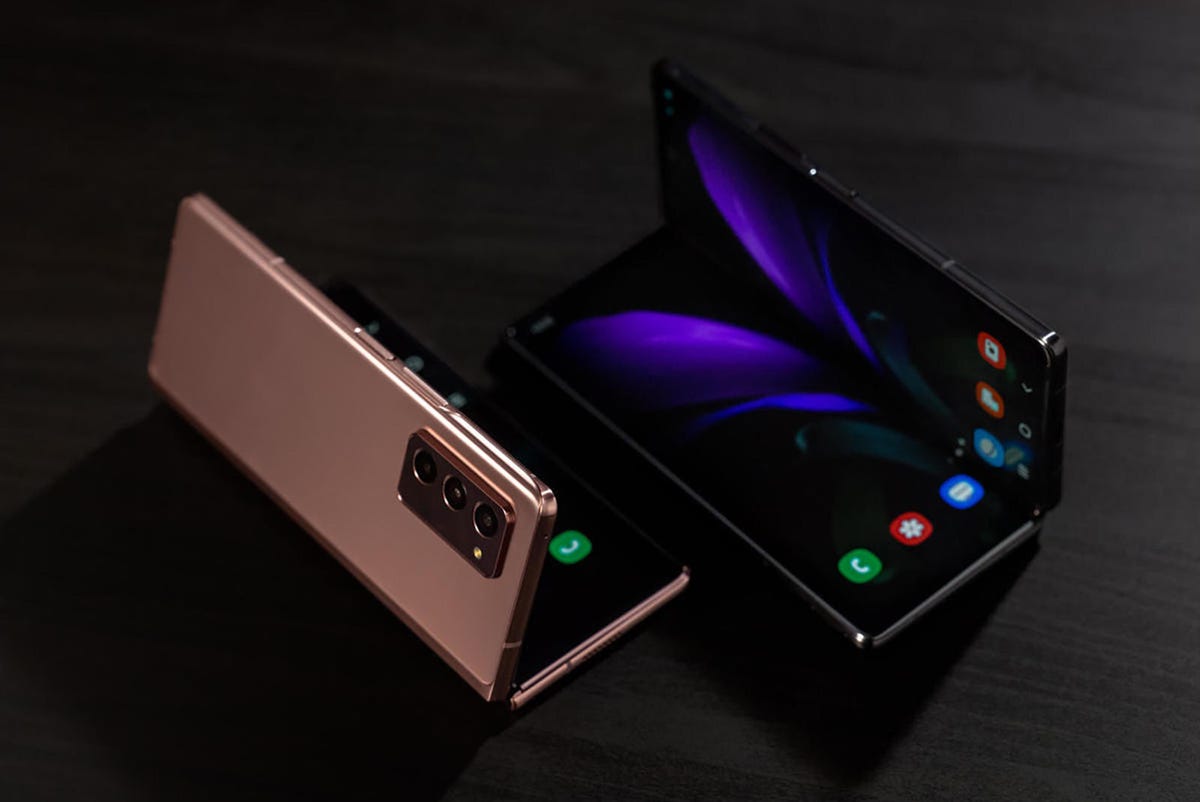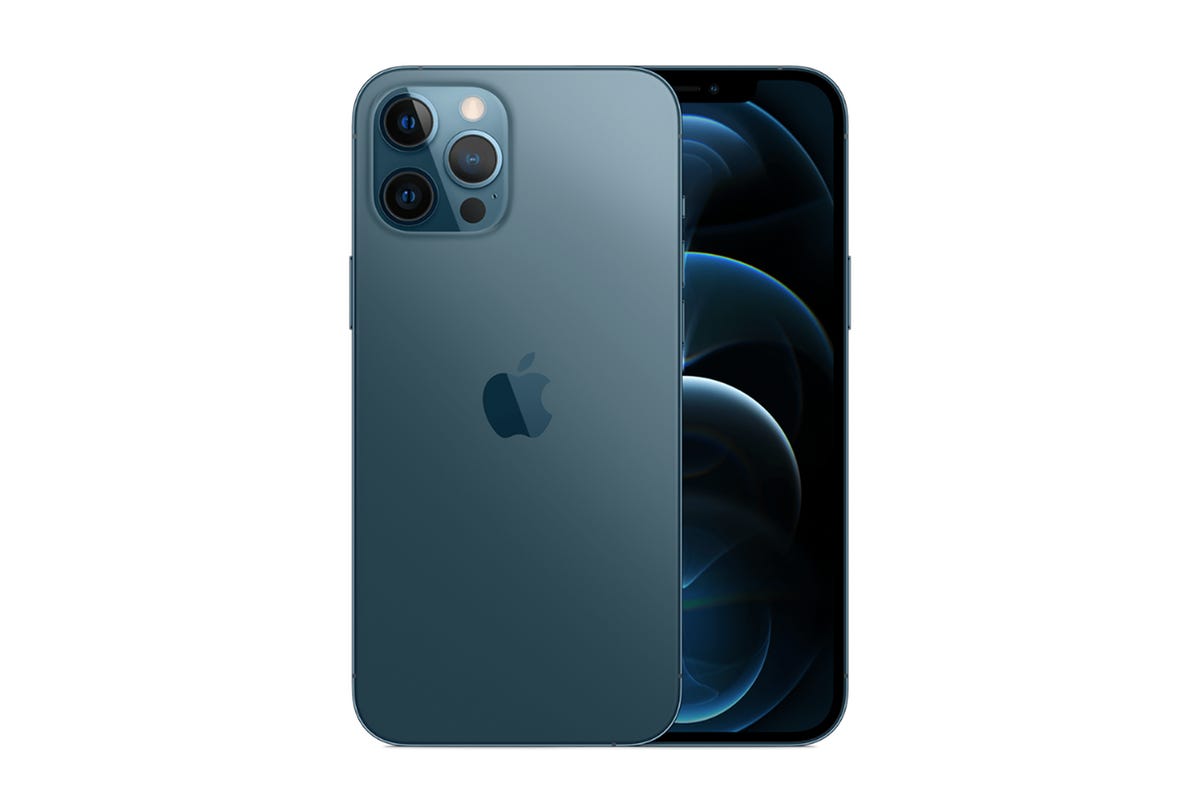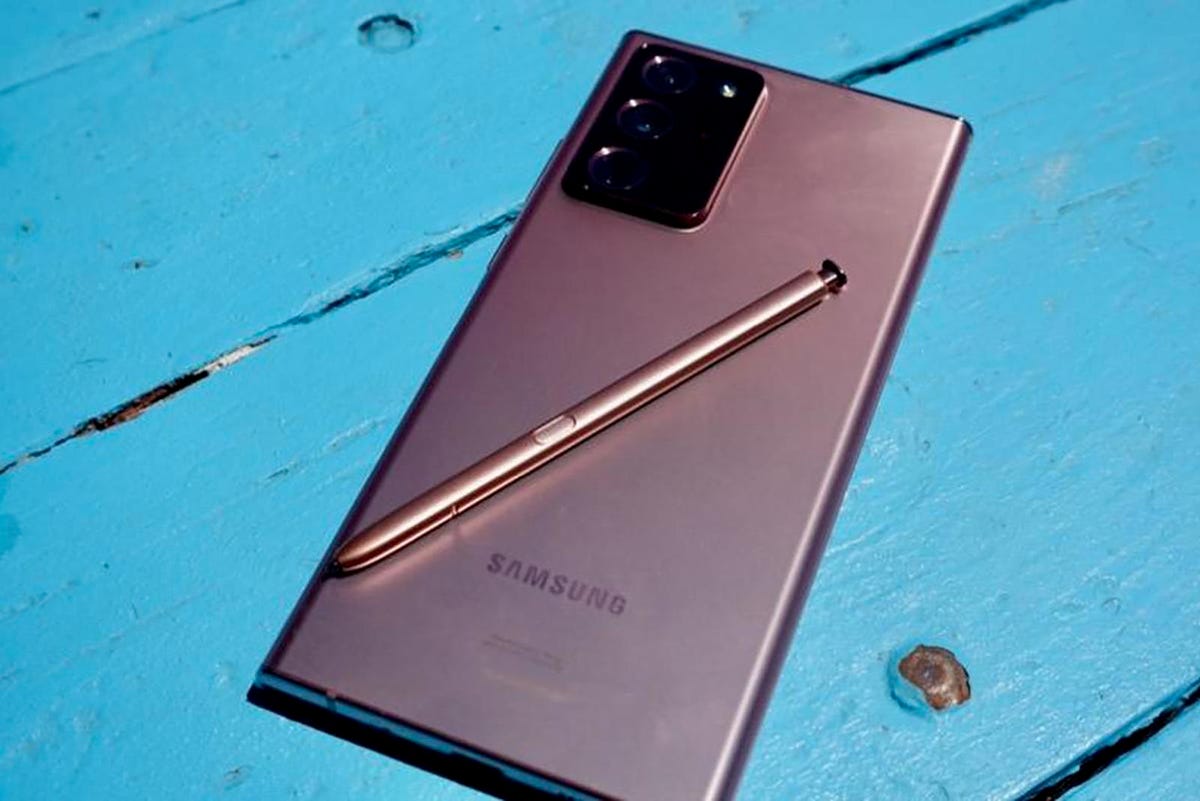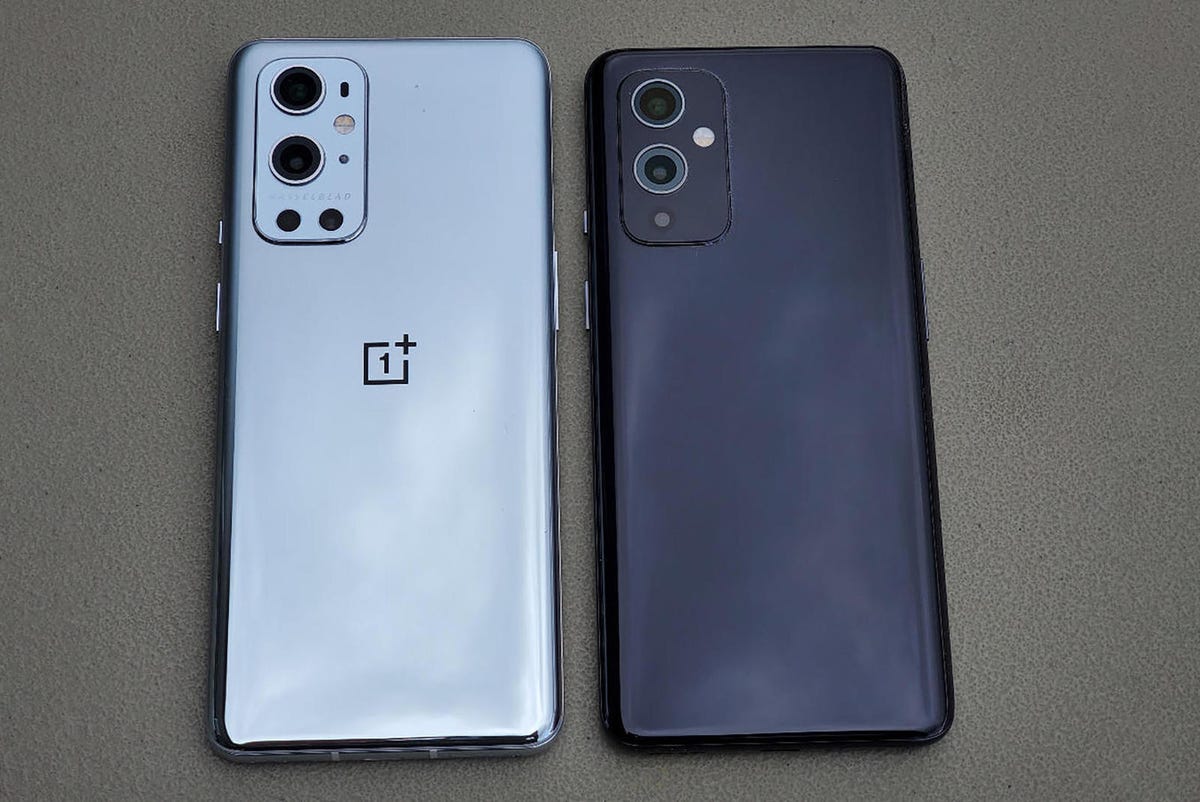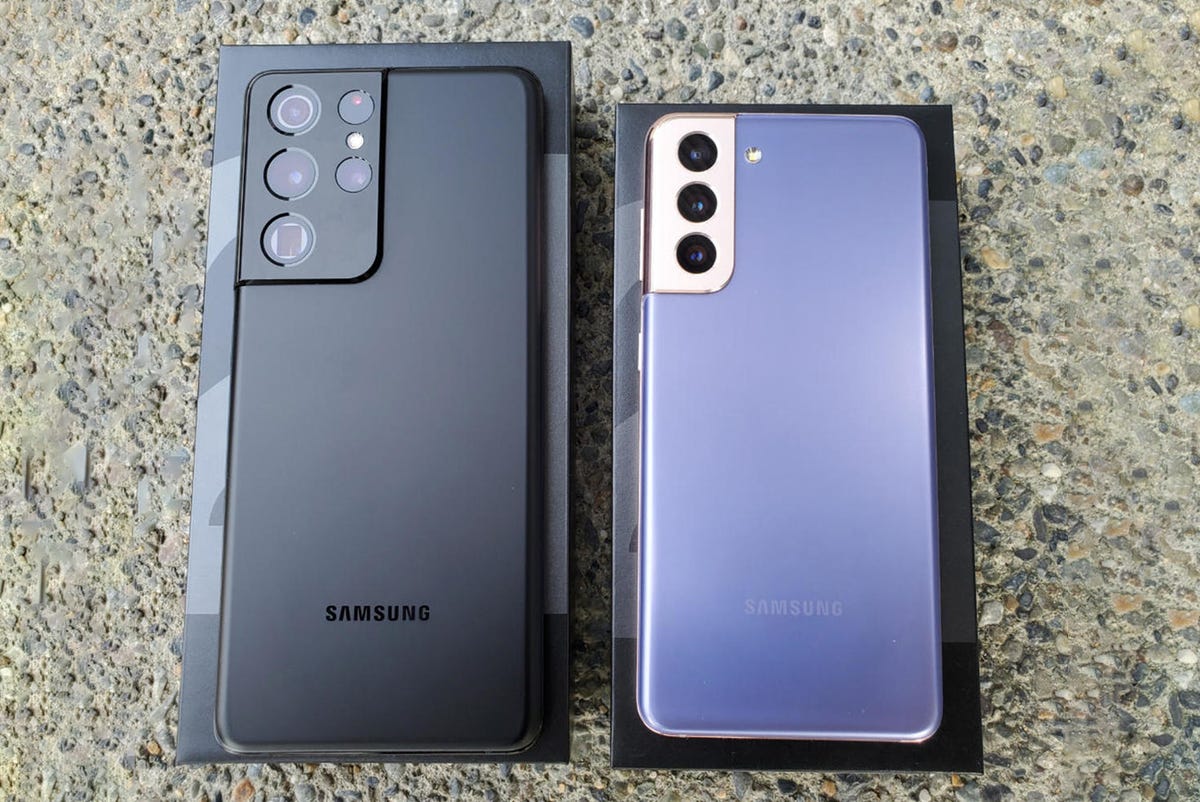
Best 5G phone in 2021 | ZDNet
5G is now standard on US networks, with the expectation that every flagship includes support for 5G. We now even see affordable phones — some less than $400 — support 5G technology, so accessing these networks is no longer limited to $1,000 phones.
Before choosing a 5G phone, it is important to understand that there are different ways 5G networks are built. At the bottom of this guide, we explain 5G networks in the US. You can read more phone buying tips and how we make our recommendations here.
The Samsung Galaxy Z Fold 2 is the most innovative and arguably the best smartphone available. The design has been perfected by Samsung, and there is very little missing in this new smartphone. It is expensive at $2,000, but it is built with the best specifications, delivers superb performance, and provides you with a 5G phone and small tablet in a single device.
With 12GB of LPDDR5 RAM, 256GB internal storage, a Qualcomm Snapdragon 865 Plus processor, and stunning display technology, the Z Fold 2 is tough to beat.
Also: Samsung Galaxy Z Fold 2 5G review
Apple surprised me by including 5G technology a year earlier than anticipated. With integration of Qualcomm modems, the latest iPhone 12 models connect via 5G with improved cellular reception on 4G LTE networks too.
Unlike past iPhones, the 12 Pro Max doesn’t just offer a bigger display and larger capacity battery over the 12 Pro. It also brings improvements in two rear cameras, so if you want the absolute best from Apple, you need to choose the larger and more expensive iPhone.
The latest Apple A14 Bionic chip powers this big phone with all of the other features you expect in an iPhone such as a larger 6.7-inch OLED display, 128/256/512GB internal storage options, IP68 dust/water resistance, and more. Colors for the 12 Pro Max include Silver, Graphite, Gold, and Pacific Blue.
Also: Apple iPhone 12 Pro Max review
Samsung Galaxy Note 20 Ultra 5G
The Samsung Note 20 Ultra 5G launched with the best specifications available, and unlike last year’s Note 10 Plus, it is a recommended upgrade for Note lovers. Nothing is lacking in this new Note, with advanced S Pen Air Actions, cool matte glass back panel, very capable triple rear cameras, and much more.
The S Pen improvements, 5G support, 120 Hz display, and improved cameras are all good reasons for Note 10 owners to upgrade to the Note 20 Ultra. The device performed flawlessly, and once you try out a 120Hz display, it is tough to go back to 60Hz.
Also: Samsung Galaxy Note 20 Ultra 5G review
OnePlus has two phones available in early 2021 with very similar internal specifications. The OnePlus 9 Pro supports 5G across the three available networks while the OnePlus 9 is limited to the low-band spectrum. T-Mobile also sells these phones, in addition to availability directly from OnePlus.
These two OnePlus devices are available in cool color options and at prices less than Samsung. OnePlus achieved parity with Samsung, and exceeded it with its charging technology, so if you want a flagship phone without the duplicate apps and ad,s then you should consider a OnePlus phone.
Like Samsung, OnePlus also has fantastic RF reception, so you will see excellent support on wireless carriers in the US. With zippy performance, an adaptive high-refresh rate, and much more the OnePlus 9 Pro is great for work and play.
Must read:
Samsung Galaxy S21/S21 Plus/S21 Ultra 5G
Samsung released three models of the S21 in early 2021 with 5G integration across the lineup. Samsung cut the price (when compared with its 2020 release) of each phone by $200 which makes the S21 phones quite compelling.
The cameras have been improved while the phone comes with the latest and greatest specifications and features found on any smartphone. Samsung has proven to provide the highest level of cellular reception and with 5G this performance is taken to the next level.
Must read:
5G networks explained
In the US, we have low-band, mid-band, and high-band wavelength spectrum with some carriers supporting multiple bands.
The high-band spectrum is composed of short waves that cover small areas with poor ability to penetrate buildings or pass through objects. However, it is the fastest network technology and one that is talked about the most by Qualcomm since it uses Qualcomm mmWave modems to function.
These high-band networks are designed for cities or dense urban areas since they have greater bandwidth and limited range. Verizon’s 5G Ultra Wideband is a high-band spectrum network. AT&T and T-Mobile also support mmWave in 2021, with T-Mobile focusing on low-band for nationwide coverage with mmWave focused on dense urban areas. mmWave is the most limited in phones, so you have to confirm the presence of radios to support mmWave in the phone you intend to purchase.
Mid-band spectrum networks balance speed and range, but much of this bandwidth is already being used, so it has limited growth opportunities. Sprint used the mid-band spectrum, 2.5 GHz, and now that Sprint is a part of T-Mobile, customers will be able to take advantage of this spectrum, as well.
T-Mobile is the primary advocate for the low-band spectrum and was the first to roll it out across the country. All major carriers support low-band 5G and when you see a phone with 5G on the box the default network is low-band. The low-band network has a frequency of 600 MHz and is designed for extended coverage with penetration through buildings and obstacles. It is not as fast as mmWave 5G, but current tests show you can expect faster speeds than LTE and much further range. During this time of coronavirus, the low-band spectrum may be more useful as people work inside.
Stay connected with us on social media platform for instant update click here to join our Twitter, & Facebook
We are now on Telegram. Click here to join our channel (@TechiUpdate) and stay updated with the latest Technology headlines.
For all the latest Technology News Click Here
For the latest news and updates, follow us on Google News.


